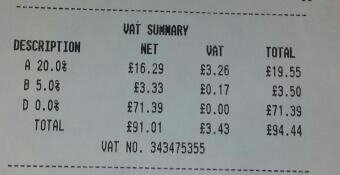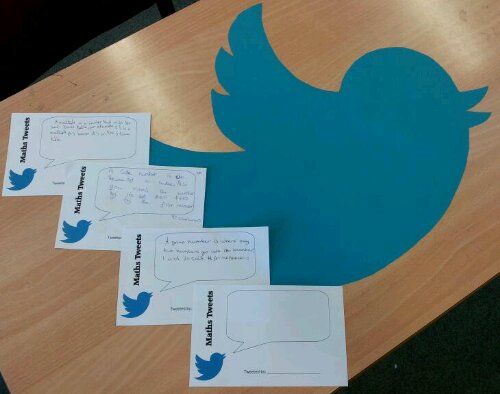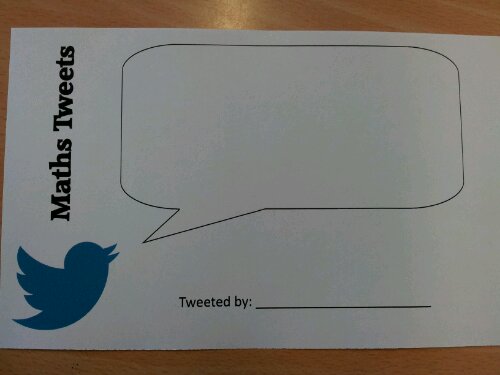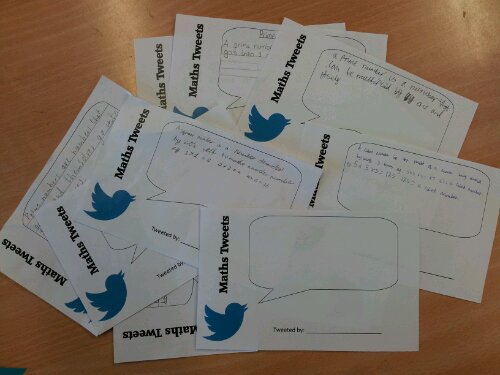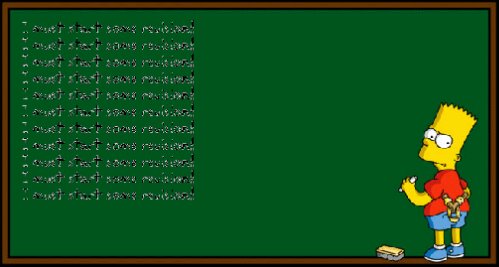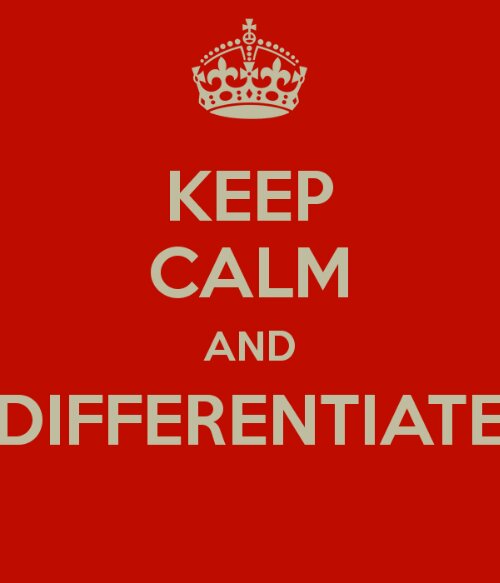Earlier this term, my colleague, J, and myself attended the rather brilliant #TMNorthWest at Calderstones School. We were particularly inspired by the idea of independent or ‘Help yourself’ learning walls. We’ve chosen this as our Departmental focus for the year and once we have trialled it, we hope to install a learning wall in every maths room.
The basic premise is that ideas and key points are collected in themed pockets, which students can go to whenever they require assistance or a hint on how to progress. The cards are numbered and indexed. The idea was introduced by Claire Gillies in the context of English lessons.
The self help cards were stored in hanging wallpockets:
Claire used the Kusiner wallpockets from Ikea.
There are six pockets in this particular product. We have chosen to split them into the following categories:
*Number
*Algebra
*Data
*Shape
*Using equipment
*Index
We designed our cards to have methods, misconceptions, Levels/Grades, a question with worked answer and possibly QR codes to useful videos.
Now, sitting and designing a self help card layout is easy. Completing them is a much bigger task! We have decided to start with KS3 and have selected key objectives from the Y7 scheme of work.
We also have GCSE classes who sat their exams last week and, quite frankly, need a break.
This sounds like fate …
The plan is that Year 11 students will take Y7 objectives and write self-help cards. Teachers will moderate/edit what they write.
Well, that’s our plan for a bit of independent student power. I’ll continue to post about our walls as they develop.

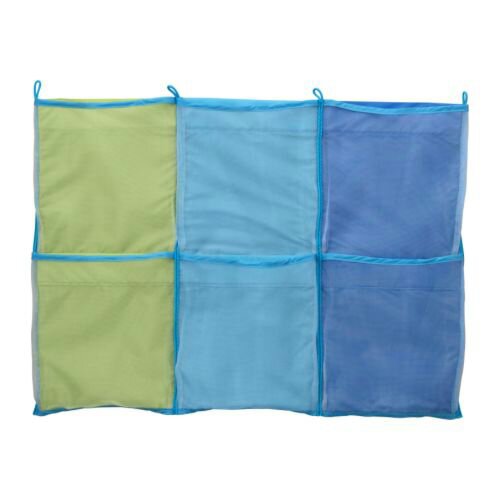
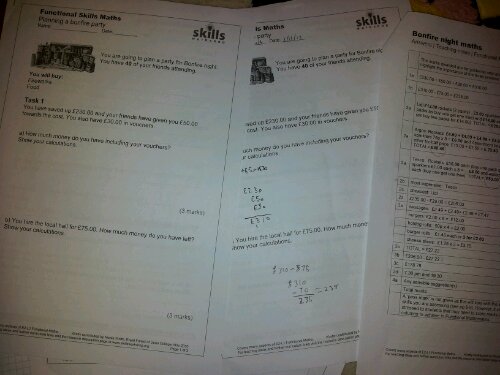
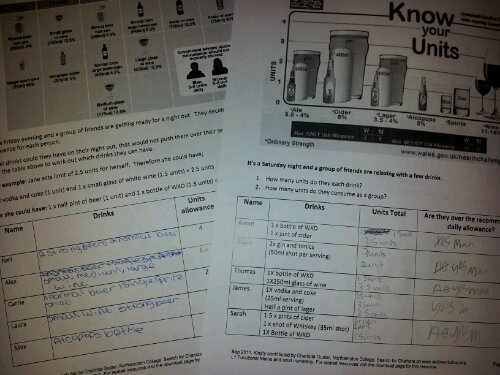
 Image credit: www.fudds.ca
Image credit: www.fudds.ca